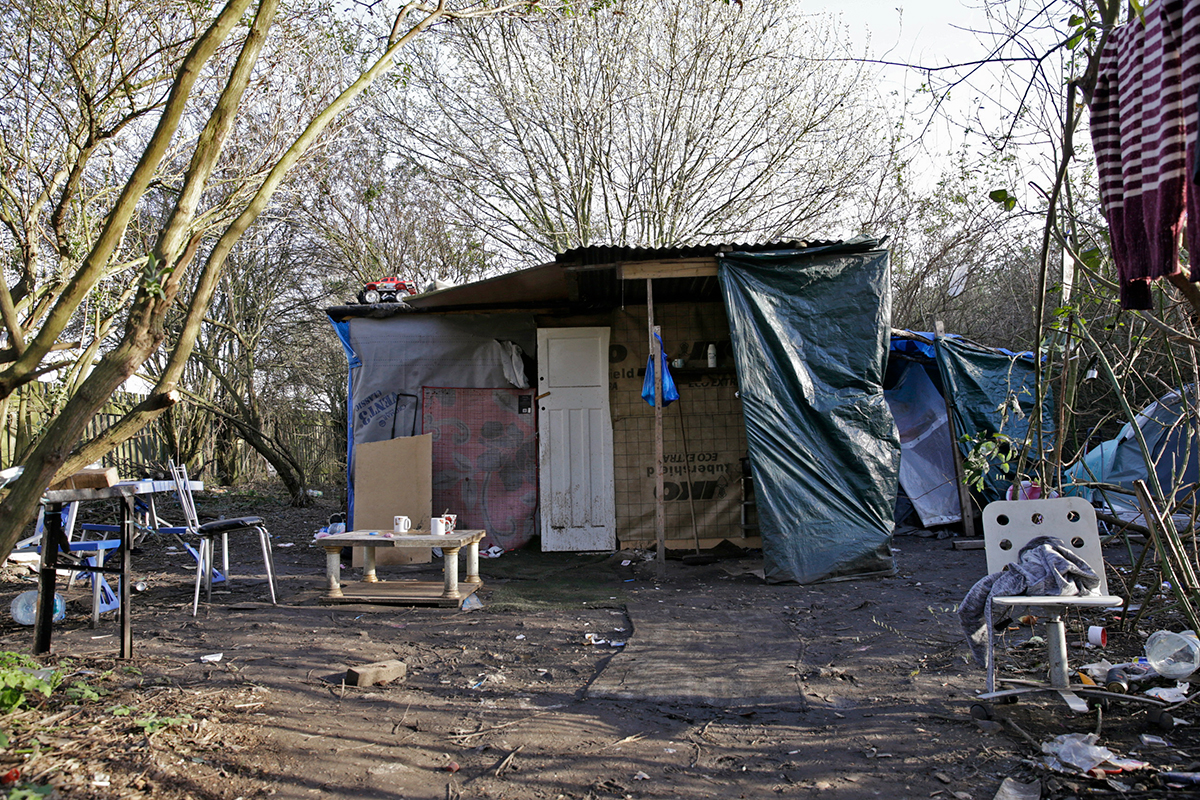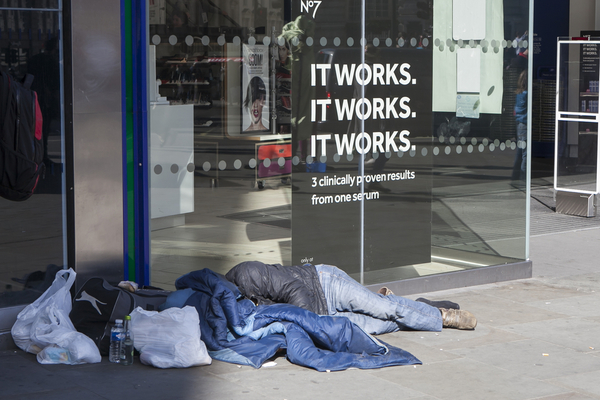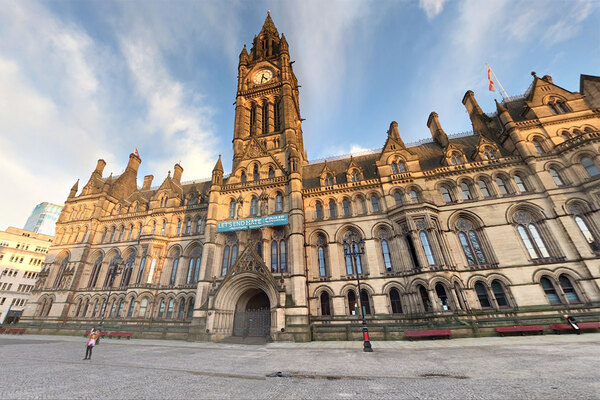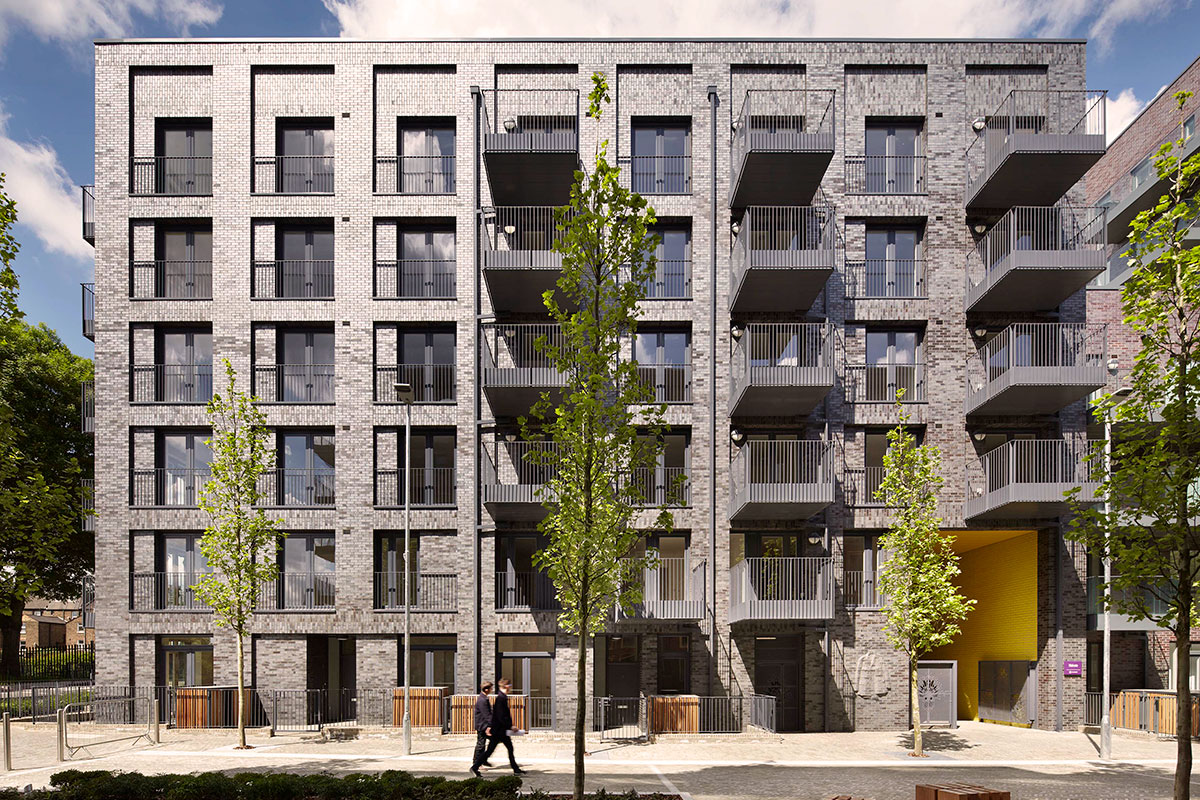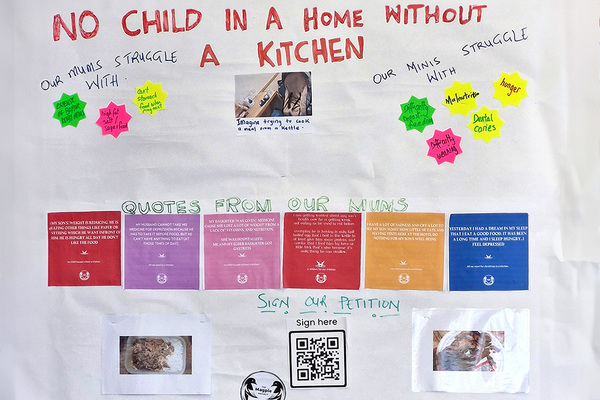You are viewing 1 of your 1 free articles
The hidden households: we meet Romanian rough sleepers
Encampments of Romanian rough sleepers have become a long-term part of urban life. Martin Hilditch meets inhabitants of a secret London
Hidden away in a patch of dense scrub in north London lies a parody of a home. Cobbled together from planks of wood and tarpaulin, the main structure is part tent, part shed.
To the left of this shack, a beaten-up leather sofa and coffee table sit on the muddy ground, protected from the elements by more tarpaulin and the overhanging branches of a tree.
Next to them lies a plastic clothes horse, with a pair of trousers and various tops hanging from it. Behind the settee, a grill pan balances across a rectangular arrangement of bricks and concrete to create a rudimentary barbecue.
Inside Housing is here in the pitch dark with outreach workers Ben Sebok and Elisa Del Chierico from homelessness charity Thames Reach’s Targeted Rapid Intervention Outreach team. Sadly, the team is proving that such encampments are easy to find if you know where to look. Tonight, in the space of little more than an hour, we find five within a stone’s throw of each other – three relatively small sites, like this one, and two larger tented communities.
This isn’t a story exposing the existence of such encampments – homelessness charities have known about them for years. Instead, it is a tale about how they have quietly become a secret fixture of the city, concealed from the view of most residents. It’s about how organisations like Thames Reach are agonising over what to do now. And, most importantly, it is the story of the people living in these makeshift shelters.
The shack we are now standing in front of would certainly be tricky to find if you didn’t know what you were looking for. Concealed in a remote corner of a large area of wooded scrubland, we reach it after scrambling up a small, muddy bank and stumbling past (and occasionally into) branches and bushes. The team shines torches into the undergrowth as we go, on the lookout for tents and shacks concealed, as far as possible, from any passers-by.
Building a life
When we reach the shack there are young men sitting on beds just inside the doorway. The younger of the two says he is 20 and his friend says he is 30. Both are dark haired and stubbled. Mr Sebok and Ms Del Chierico approach, asking the men if they speak English and explaining that they are from a charity and want to find out a bit about them. The men, who confirm they are both from Romania, eye the outreach workers with suspicion and initially the conversation is fairly one-sided.
“Problem?” the elder of the two asks. “We go now.” A few seconds later he adds: “You scare me now. Maybe we go.” He explains that he is suspicious of them because “I don’t know you, understand? You’re coming here at night.”
After an initially edgy encounter, explanations are made and the two men open up, although neither wants to give his name. The elder of the two is particularly keen to stress that both of them are in employment.
“Me working,” he says. “This guy working, too.” “Look at the drier here,” he adds, gesturing at the clothes horse where their work clothes are hanging. “We’re working.”
He says he is working cash in hand in the construction industry because he doesn’t have a National Insurance number that would allow him to be employed legally. They have been staying in the woods for three days but he says he has been in the country longer, initially paying £60 a week to sleep four to a room in a flat in Edmonton Green. The older man is a father of two, with another child on the way, and says he is working in order to send money home and maybe to save for a property in England.
Outreach worker Ben Sebok at an encampment in north London
“Every week I send money,” he says. “I have a family. Coming here for the work, that’s it. Maybe take a house and bring my family here.”
The younger of the two men says he is single – “a girlfriend is too expensive”, he says with a smile – and that his plan is to save money in England before returning home. They both slept on the streets for two days after arriving in the country, before moving into the flat in order to obtain “papers” like a National Insurance number.
But he says the address proved useless because the friend who let them stay there was claiming benefits; because they were not meant to be there, they were unable to use it for any official purposes. Another friend told them about the scrubland where they are currently living and they moved here a few days ago. He says that four people live in two shacks in the immediate area. “We have one friend who is staying here for a long time,” he states.
“We just came to make money, like everyone,” he states. He refers to the shack with a sense of pride, saying it is warm and dry. “We make it good. It’s an excellent construction.” The aim is to stay here for a while, “make some money and get our house”, he adds. Both say they knew exactly what conditions they were coming to stay in – and that the advantage is the accommodation is “free”.
“I have a family. [I’m] coming here for the work, that’s it.”
The two men present in many ways a typical story of this hidden community. Earlier this year a research report, commissioned by Thames Reach and funded by Commonweal Housing, looked into the lives of Romanian migrants sleeping rough in encampments around London. Researchers Becky Rice and Thames Reach’s Mr Sebok (below left) spoke to 21 people – 19 men and 2 women, all of whom were Romanian – living in basic, unsanitary conditions on encampments. All of them were in regular, “physically demanding” work, had few support needs and “appeared to have a good level of physical health”.
They said they had not paid anyone to stay on the encampments, and like the two men we speak to tonight, they said they had found out about where to stay from friends and family who had already lived there. While more than half of those interviewed had experienced an encampment being closed down by councils or immigration officials, usually this just meant they set up somewhere else.
Most of those interviewed were working cash in hand in construction for between £40 and £60 a day. Apart from the low pay, many of those working cash in hand had been exploited by not being paid the agreed amount on at least one occasion. Over a three-month period, most people had saved enough to send £500 home – with two having sent home more than £1,000.
All of the people interviewed said they would welcome support to find housing, legal work or to access bank accounts and National Insurance numbers. If they were working, they said they would be prepared to pay between £200 and £300 a month including bills for accommodation (equivalent to £7-£10 a night).
The report recommends that homelessness services should look at how they could assist the groups to access basic housing and move away from the informal labour market. It says that creative, new accommodation solutions would be needed – with housing paid for nightly or weekly and costing about £8 a night. Where enforcement action is taken, this should be co-ordinated rather than just resulting in the encampment shifting elsewhere, the report adds.
The encampment in North London
We leave the two men to sleep after the team has given them a card and suggested they drop in during the day to help them sort out National Insurance numbers and help them find legal work. Mr Sebok isn’t optimistic, though. He says many of the people they speak to struggle to make the time to start the process of obtaining legal documents or opening bank accounts.
“Most of them have constant jobs. They are working long hours, to 6/7pm, and after they have finished they try to come back to have a rest.”
This is one of the reasons that the encampments have become something of a fixture. The fact people are often working for less than the minimum wage means it is tricky for them to obtain a permanent address and documentation (and they want to maximise the amount of money they can send home).
They are also often working long hours, which makes it harder for homelessness charities to help them find alternative solutions or for them to take part in training that would enable them to land other work. All of this coupled with a lack of central resourcing or attention has reinforced the problem.
“Most have constant jobs. They are working long hours.”
The outreach team moves to another encampment, this time containing 10 or 11 tents in a crescent of land close to a roundabout. A mountain of plastic bottles and discarded packaging sits in a corner.
It’s not a sanitary environment, and obviously there are few safeguards in place if anyone does fall ill. Mr Sebok describes finding a body “decomposed, under a tent” at another site. “Nobody called the police and everybody disappeared from the site,” he states.
In an attempt to deal with such concerns – and picking up on the recommendations from the aforementioned research report – Commonweal Housing launched a design competition in May 2017. The aim was to find a viable and deliverable model for reusable temporary housing options, which could be deployed within existing buildings.
The competition brief emphasised that it wasn’t looking for medium to long-term options but cheap, short-term alternatives to rough sleeping which people could use as a base from which to obtain appropriate documentation and identify better housing options.
Solutions included low-tech pods (the winning entry). Discussions about possible next steps were due to take place this week with some of the winning designers to see if a viable final model could be developed before being rolled out as a potential pilot.
It’s progress, but clearly there is much work to be done. Any solutions have to provide accommodation that is affordable for people who are currently staying in encampments or for future users, while also helping them quickly access training and documentation that will enable them to land better-paid or more secure work.
There is also a lot to be done building trust with people who may fear deportation and be suspicious about engaging with charities in the first place. It is telling that the men we speak to on the night discuss moving after being spooked by the initial contact from Thames Reach.
These are all vital issues that need to be worked through if we are to bring an end to the unhealthy and unsanitary encampments that have sprung up. Quietly these strange, unsafe homes have become a long-term, if hidden, part of urban life. That needs to change.
Key facts
Romania joined the European Union in 2007. Transitional arrangements were lifted in 2013 – from which point Romanian nationals were free to come and work in the UK.
In 2015/16, 1,545 Romanian rough sleepers were contacted in London, compared with 496 in 2012/13.
Source: Thames Reach; the Combined Homelessness and Information Network
